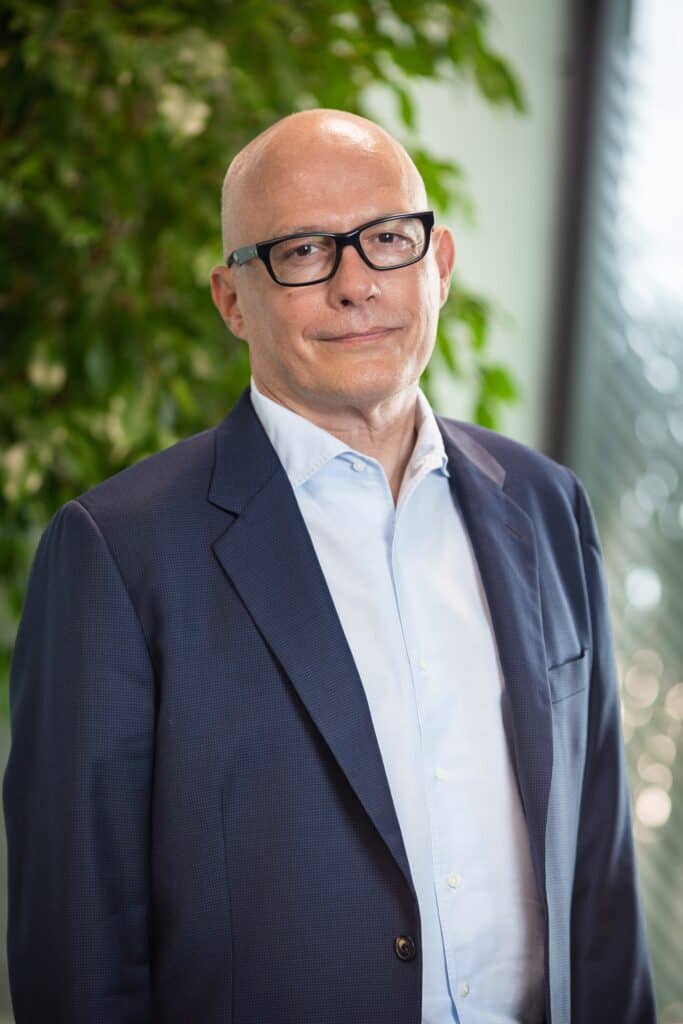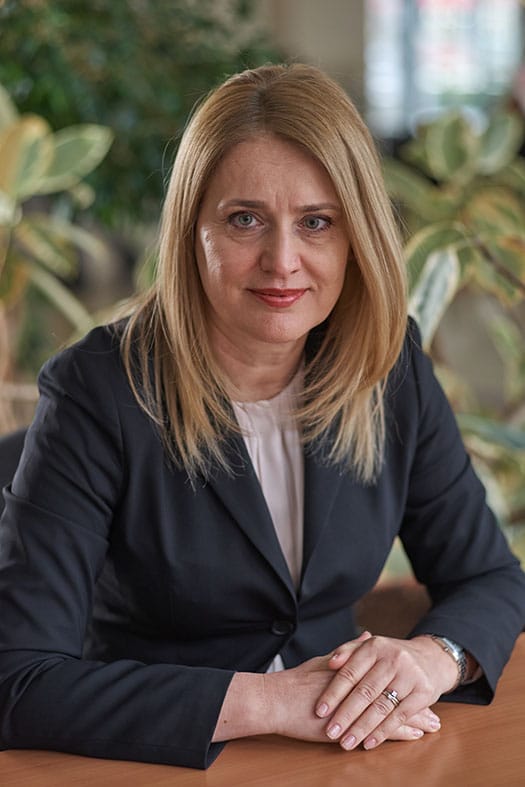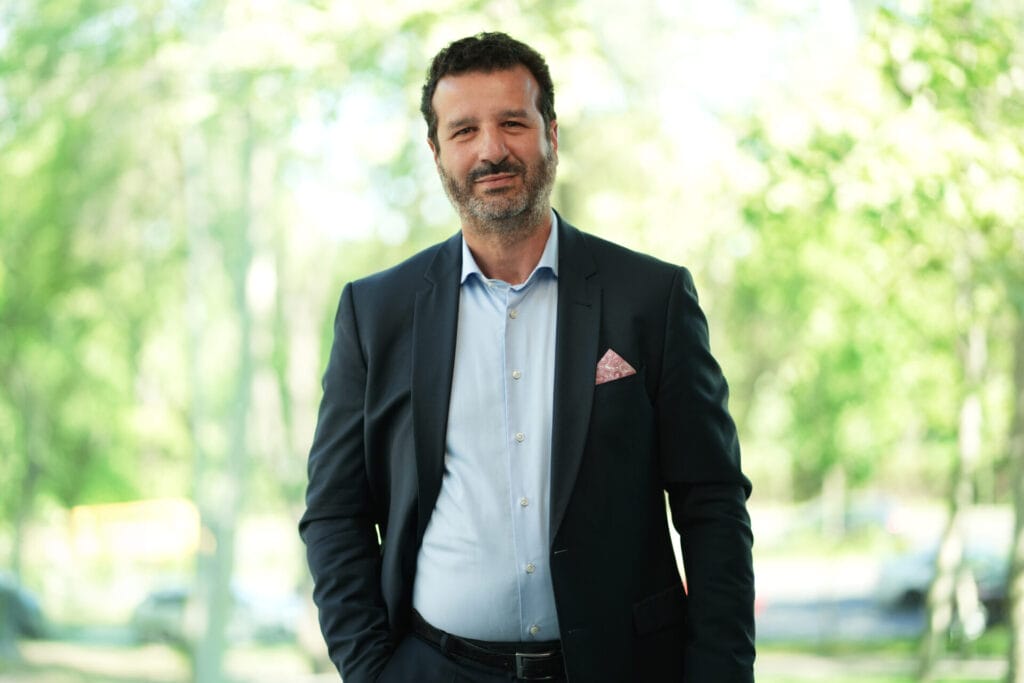In an era deeply affected by climate change issues, it is essential to increasingly turn to economical and environmentally friendly solutions that can help reduce our impact on the planet.
In terms of the technologies we use, one viable solution is the use of heat pumps. This technology plays a significant role in reducing carbon emissions and creating a more sustainable environment. In the following, we will discuss some important facts about heat pumps.
The universal need for heat pumps
The first closed circuit heat pump was installed in 1928 in the Geneva city hall – the heat source being Lake Geneva. Heat pump technology was developed in response to the coal shortage in Switzerland before and during the Second World War. Since the second half of the 20th century, heat pump technology has been refined and the type of applications has diversified: from high power to residential solutions.
Advantages of heat pumps
Unlike combustion-based heat sources, heat pumps do not ‘generate’ heat, but transport it from a colder to a warmer environment. Saving energy and reducing pollution is a big advantage of heat pumps in today’s changing climate and unstable energy market.
Another advantage is that the electricity needed to run the heat pump can be largely covered by a photovoltaic installation, which considerably reduces the operating cost of the equipment.
Last but not least, modern heat pumps are a versatile piece of equipment, which can cover both heat during the heating season and cold during the summer.
The trend of heat pump purchases in Romania. Situation in Romania VS Europe
The trend of heat pump sales in Romania is upward, with significant increases in recent years. In 2022, the demand in the country doubled, but in 2023, the market stagnated. At European level, 3 million units were sold in 2022. Compared to Romania, 281,000 units were sold in Germany in 2022, an estimated 14 times more than in Romania. The Nordic countries are the leaders in the implementation of heat pumps: in Finland there are 69.4 heat pumps per inhabitant, in Norway 62.2, in Sweden 39.3 and in Denmark 29.8.
Consumer profile in Romania
Considering that the investment in a heat pump is still considerably higher than in a conventional heat source (fossil fuel power plant), the typical customer is one with above average income. Often they either do not have access to the gas grid or have access, but have a photovoltaic system installed, which can significantly reduce the operating costs of a heat pump. There are currently no heat pump financing programmes for residential customers.
Accelerating investment in heat pumps in Romania
The large-scale implementation of heat pump solutions instead of fossil fuels is an important measure to decarbonise the energy sector by increasing the contribution of renewable energy. This is relevant both in terms of reducing pollution at local level and in terms of achieving the 2030 climate targets that Romania has set itself within the European Union.
What does the future look like for the use of this technology?
nZEB legislation in The European Union estimates that by 2030, 70% of European homes will have heat pumps. Across Europe, around 50% of total energy consumption is for heating and cooling buildings, of which over 70% still comes from fossil fuels. In order to reach the 2030 climate targets, the European Union aims to install at least 10 million new heat pumps by 2027.
Romstal’s activity in this field of heat pumps
Climate change impacts all of Romstal’s activities. To reduce the impact, the company has launched a comprehensive programme of measures. For example, it has started to monitor the energy used at its subsidiaries much more closely and is taking more proactive steps to avoid energy waste. It is investing heavily in renewable energy production and in replacing fossil fuel and methane gas systems with electricity.
Knowing that most customers face the same challenges, Romstal has invested heavily in the heat pump product range to offer not just a variety of products, but an integrated solution for anyone wanting to switch to this type of technology.
Romstal aims to reduce natural gas consumption by 95% by 2025 by replacing gas-fired central heating systems with electric HVAC (heating, ventilation and air conditioning) equipment, i.e. heat pump chillers, air or water heat pump batteries, VRF systems. These will provide both space heating and cooling;
curated by Romstal















